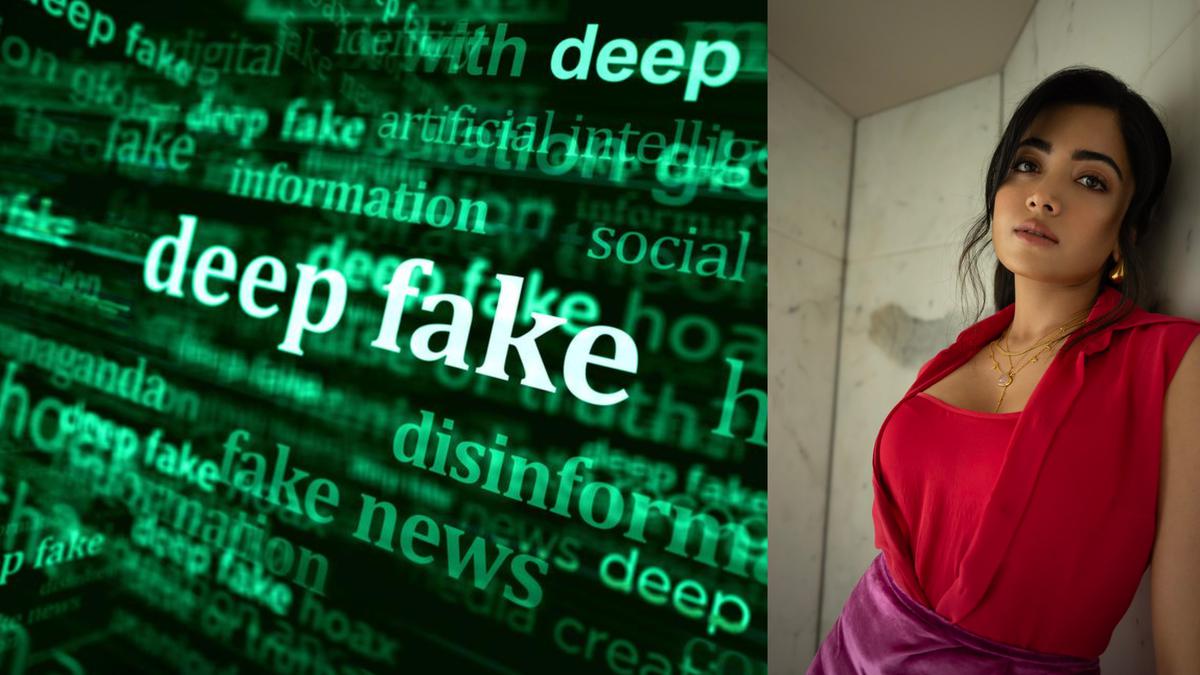The discourse surrounding artificial intelligence (AI), like any technological progression, typically revolves around its evident advantages and disadvantages, often depicted in science fiction narratives of robots dominating humanity. To prompt us to broaden our perspectives and acknowledge the significant disparity between those engaging in AI discussions and those who are not, a critical catalyst is required.
Recently, a deepfake video emerged featuring Rashmika Mandanna’s visage transformed into that of British-Indian social media personality Zara Patel. This video showcased the manipulation of a human appearance through AI technology. While individuals familiar with deepfakes could discern its unsettling nature, Rashmika’s widespread popularity, her distinction as the first Indian actor to speak out against such practices, and even the Prime Minister’s expressed concerns garnered substantial media attention. The ensuing debate, though contentious, had a silver lining—it compelled Indian social media users to delve into global AI dialogues and the ethical guidelines governing technological utilization.
The allure of AI software has undeniably added an intriguing dimension to social media browsing for many. Who could have predicted hearing PM Narendra Modi crooning “Ponmagal Vandhal”? Witnessing the resurrection of 1980s icons Rajinikanth and Silk Smitha in a video gift, alongside a recent musical rendition by the late S. P. Balasubrahmanyam, has captivated audiences. Particularly noteworthy was a deepfake video featuring Tamannaah Bhatia’s face seamlessly replaced by Simran’s in the song “Kaavaalaa” from the movie Jailer. The prevalent exposure to AI through entertainment showcases has been a deliberate strategy to familiarize the public with this technology, as articulated by Simran, acknowledging developers’ efforts to introduce AI to the world.
However, the perilous aspect of deepfakes poses a significant challenge, rendering existing cybercrime prevention measures inadequate against sophisticated AI-generated manipulations. The evolution of relational AI, capable of producing near-flawless renditions based on provided data, elevates the risks associated with deepfakes, overshadowing controversies like the Rashmika incident.
The realm of conceptual AI, specifically its malicious application for personal attacks, represents a fraction of AI’s spectrum. While governmental policies in the United States address AI-related concerns, including Dark AI, the preparedness in India to combat deepfakes remains a subject of scrutiny. Amidst the absence of specific legislation targeting deepfakes, victims are advised to report instances to social media platforms for prompt removal, leveraging existing cybercrime laws and seeking legal counsel for recourse.
Efforts to combat deepfakes and AI-related offenses are underway, with stakeholders engaging in high-level discussions and proposing strategies to mitigate risks. The National Cyber Crime Helpline-1930 serves as a vital resource for victims, offering guidance on legal remedies under the Indian Penal Code and the Information Technology Act. Collaboration with digital attorneys and organizations like stopncii can provide additional support to safeguard individuals’ rights and privacy.
As the technological landscape evolves, the prospect of AI-powered solutions to counter misinformation and safeguard online integrity emerges. Initiatives like algorithmic detection tools and open-source projects aim to enhance media authenticity and combat Dark AI activities. The imperative to protect individuals, especially public figures and influencers, from cybercrimes and deepfake threats underscores the urgency for comprehensive safeguards and proactive measures within the digital realm.
In conclusion, while the challenges posed by AI advancements are daunting, ongoing developments in AI regulation, technological innovations, and collaborative efforts offer hope for a more secure digital future. Vigilance, advocacy for robust AI governance, and support for victims remain crucial in navigating the complexities of AI ethics and safeguarding against emerging threats.






